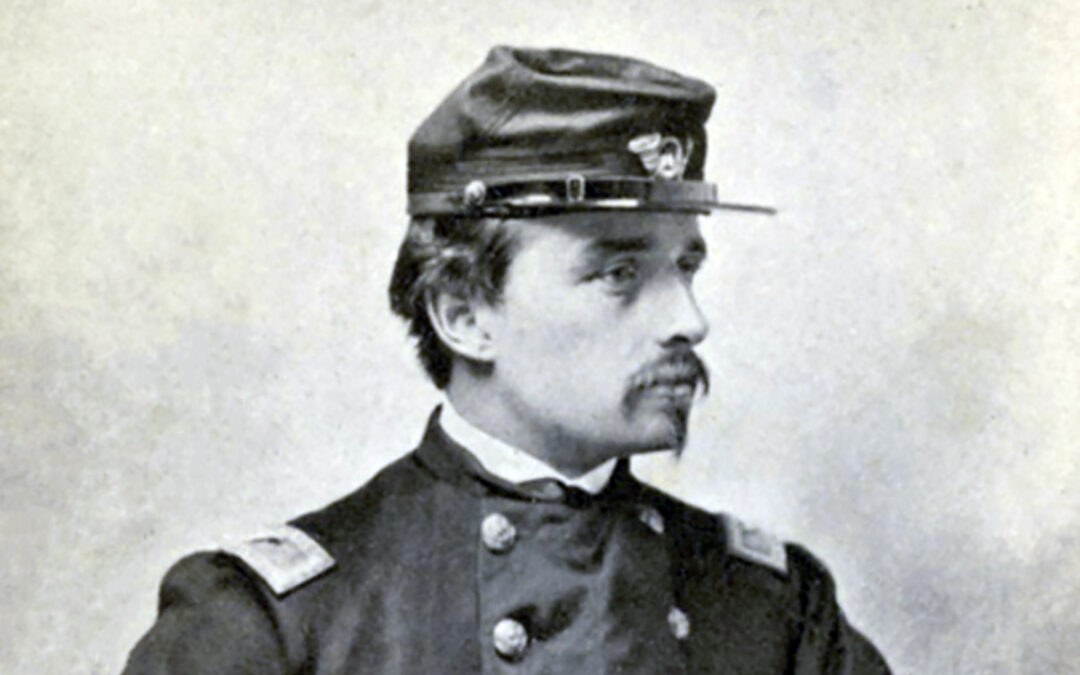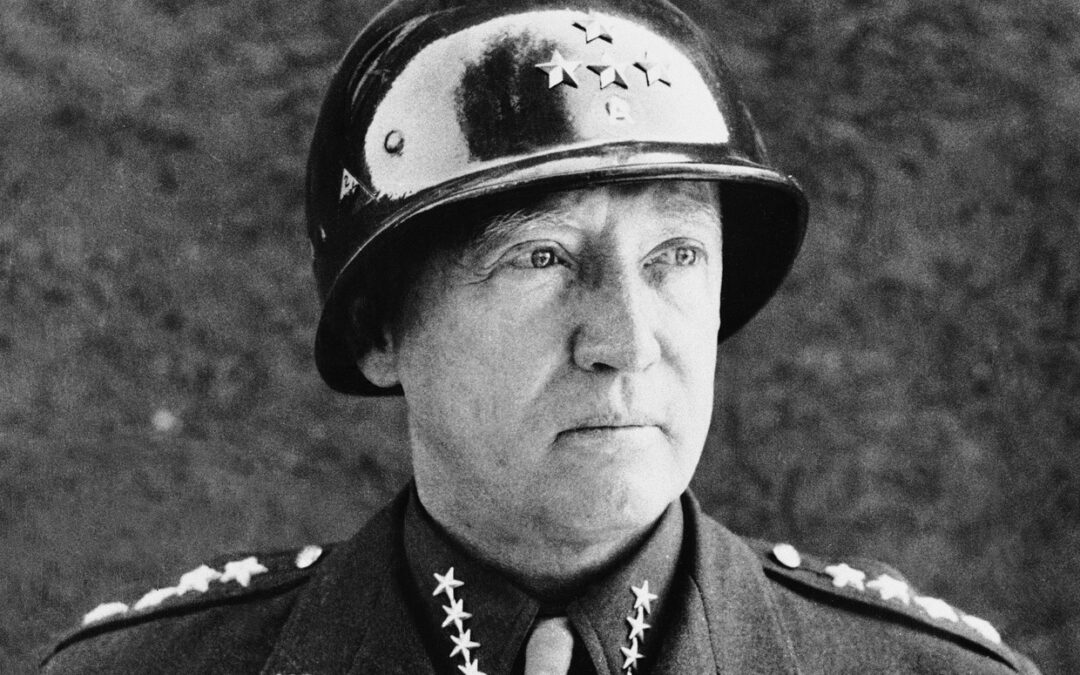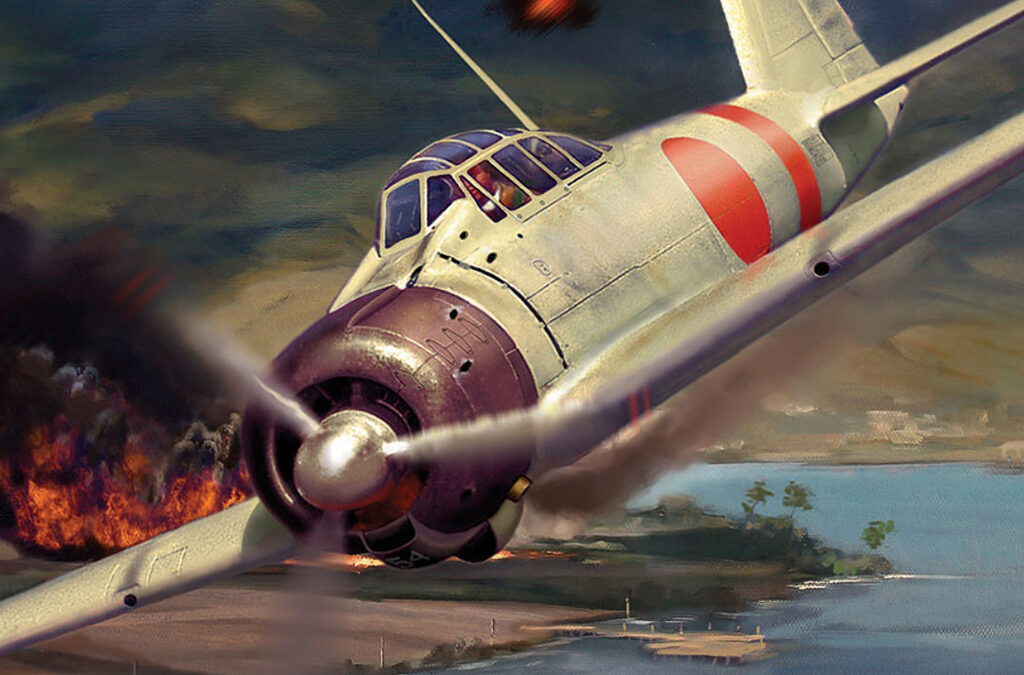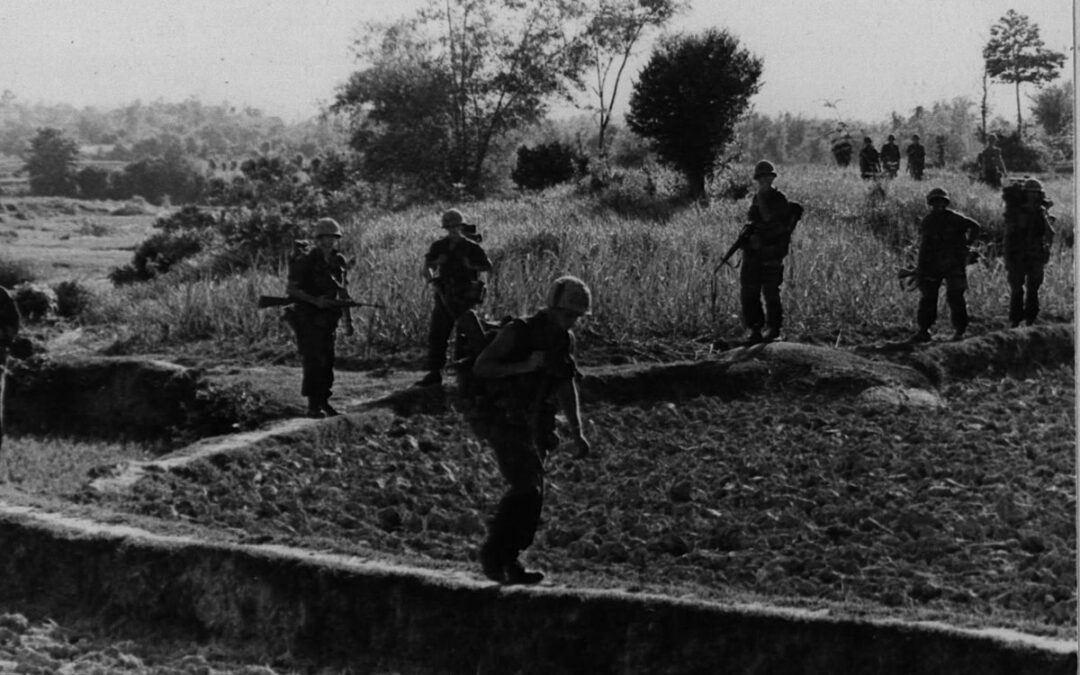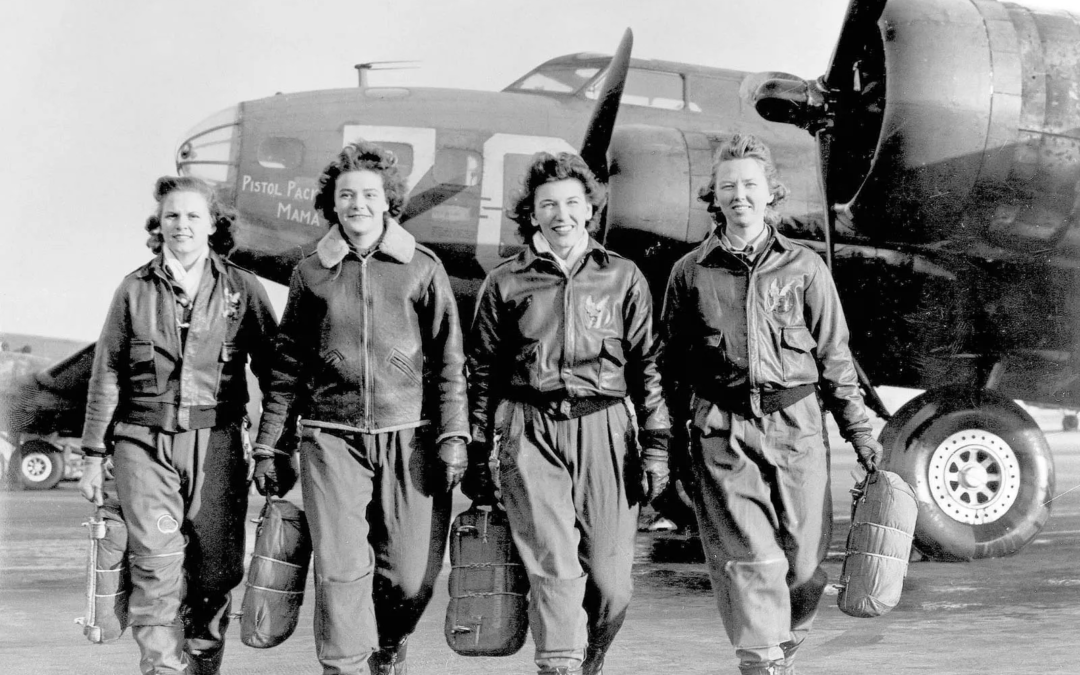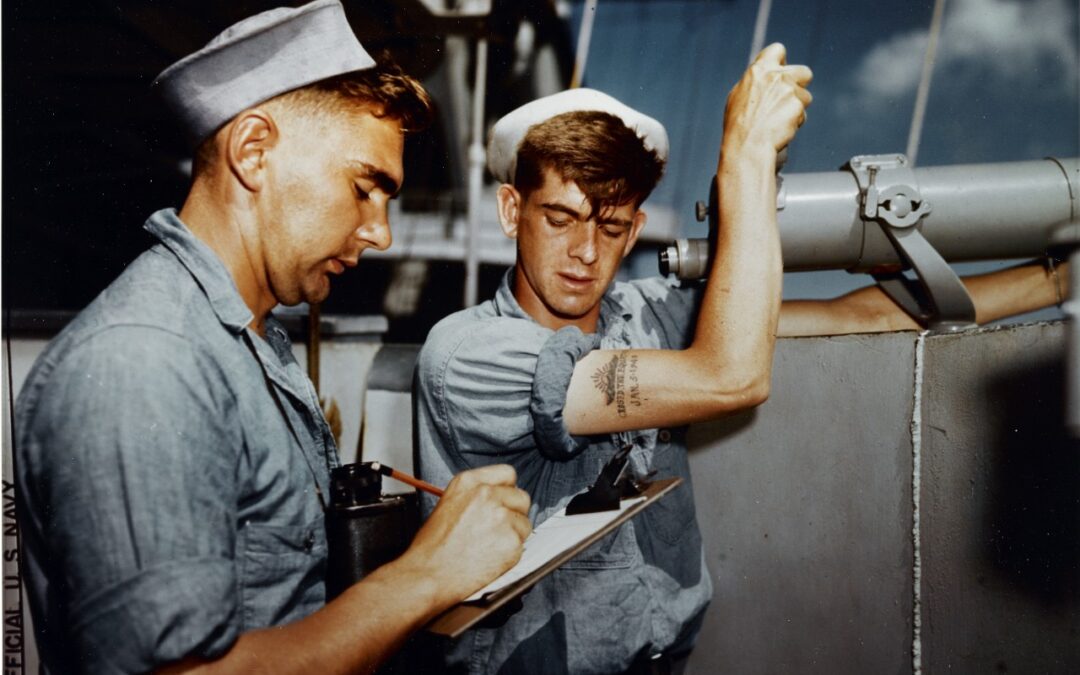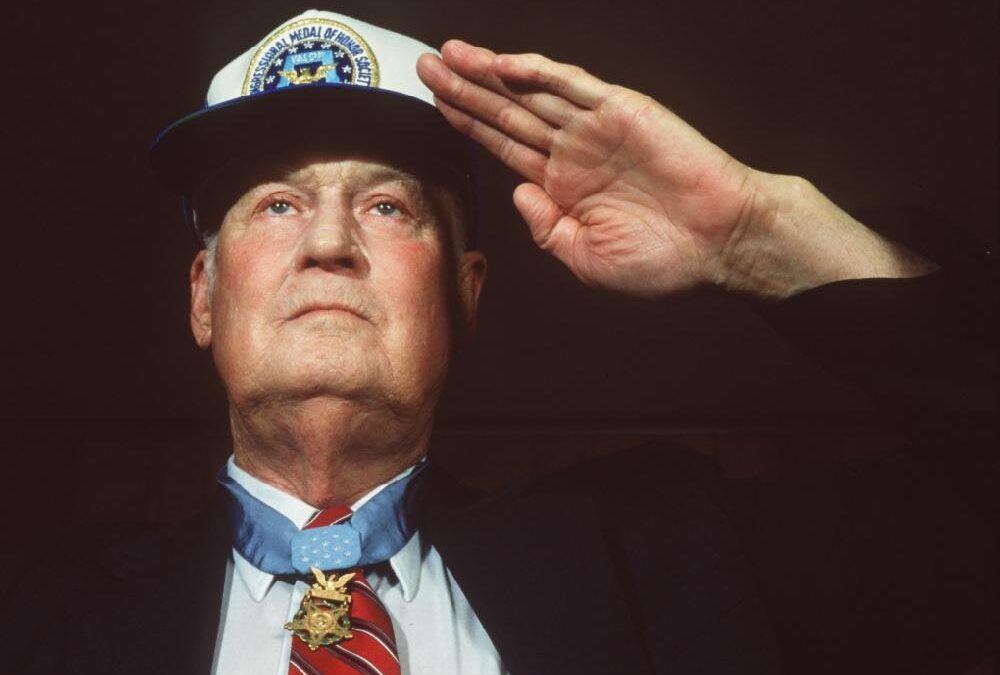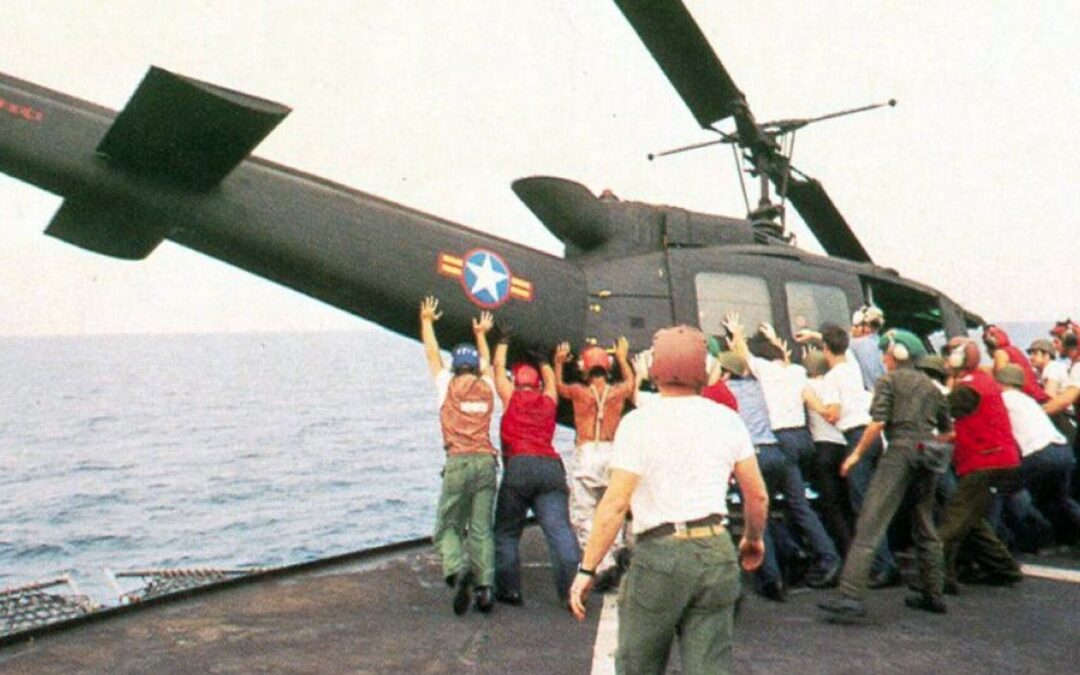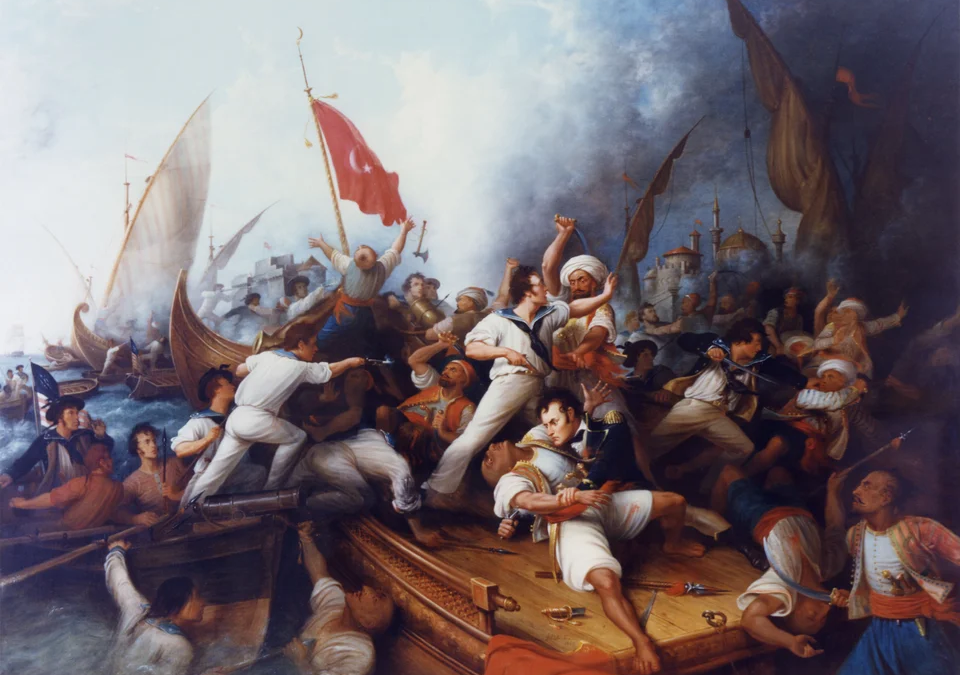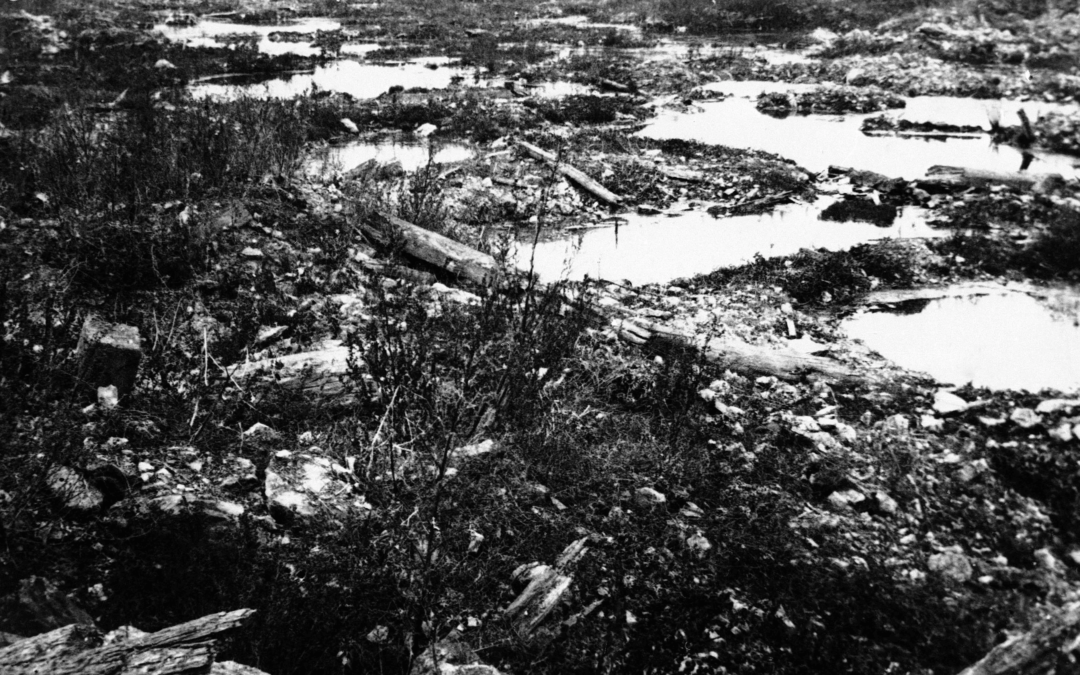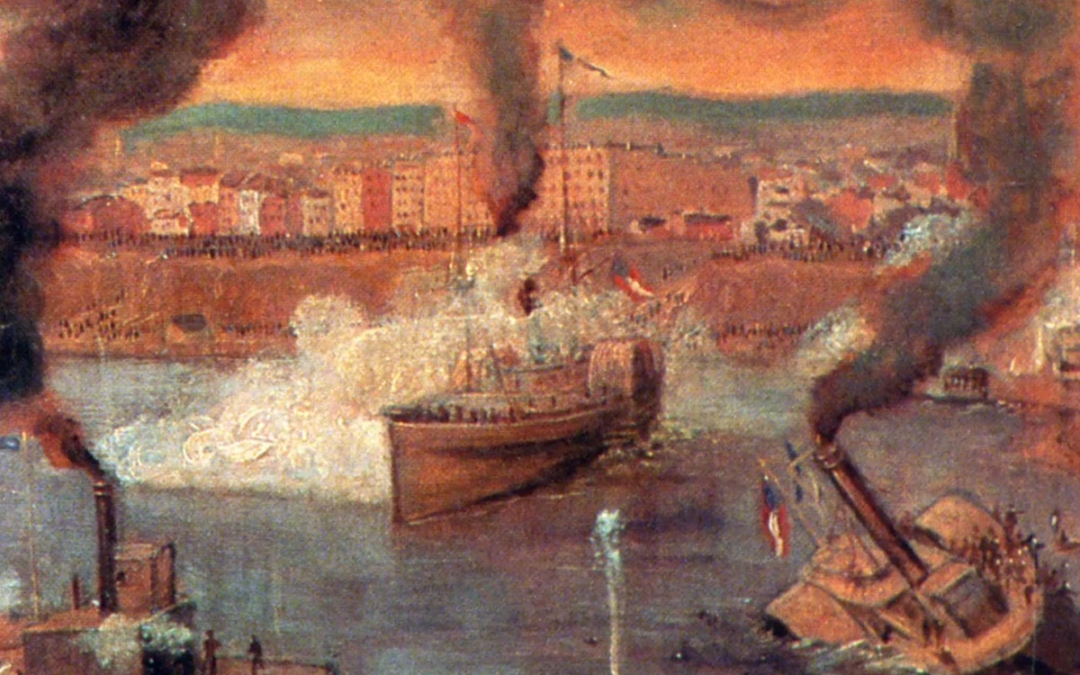The smoke from the Confederate shelling of Fort Sumter had barely cleared when Robert Gould Shaw, the son of wealthy abolitionists, volunteered for the Union cause in 1861. Federal troops withdrew from the fort in Charleston Harbor on April 13, 1861. Robert Gould Shaw joined the 7th New York Militia six days later. He didn't see combat with the New Yorkers. Instead, he waited out that enlistment and joined the 2nd Massachusetts Infantry from his home state as it was forming. Commissioned as a 2nd Lieutenant, he marched south and fought two losing battles at Winchester and Cedar Mountain before finally tasting victory at the bloody Battle of Antietam, where he was wounded. Leadership in the Formation of the 54th Massachusetts Volunteer Infantry Regiment As he recuperated back home, the Union ordered new regiments of Black troops raised. Massachusetts would lead the way, forming the 54th Massachusetts Volunteer Infantry Regiment. Even after the unit began to form, the state's...
